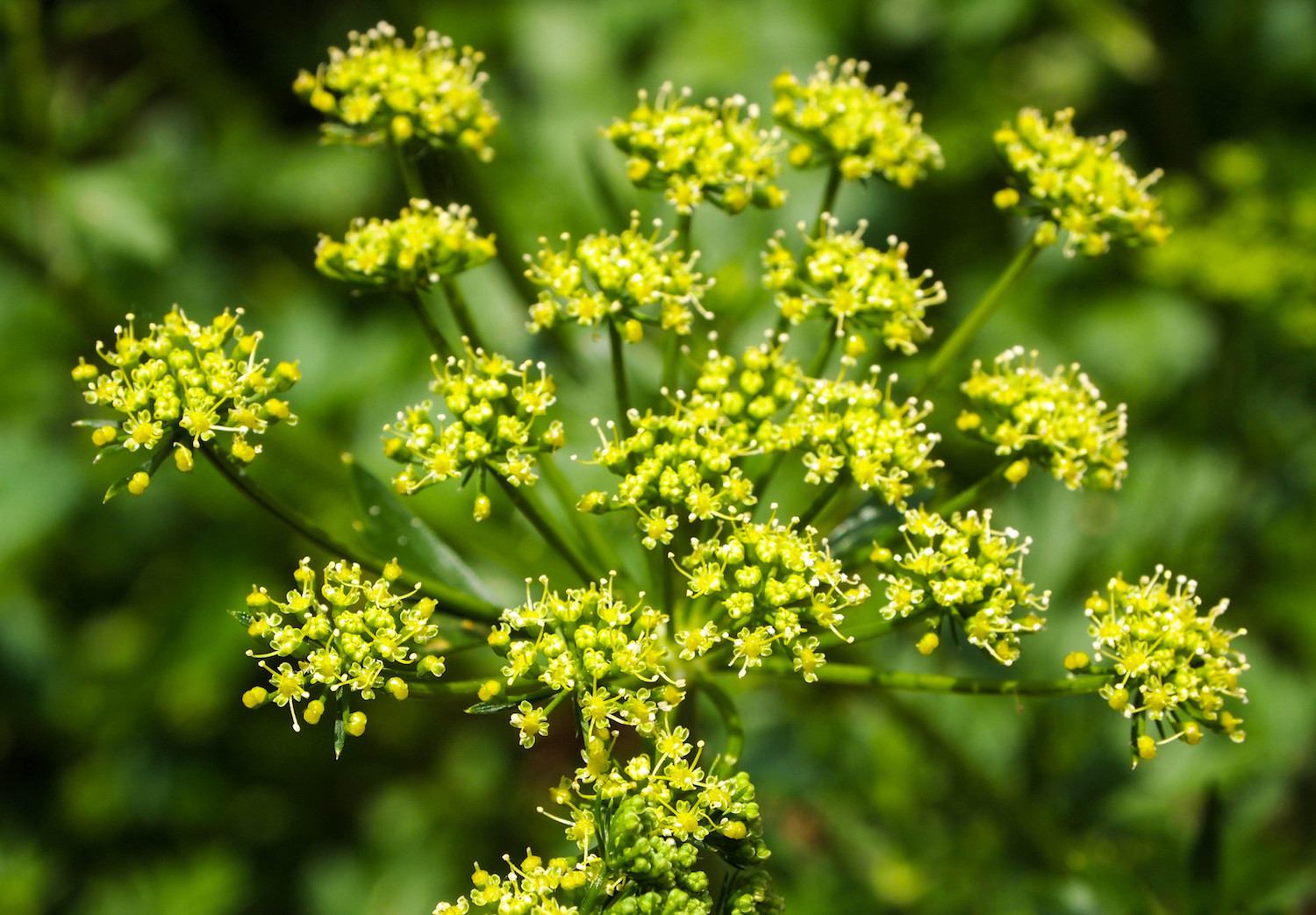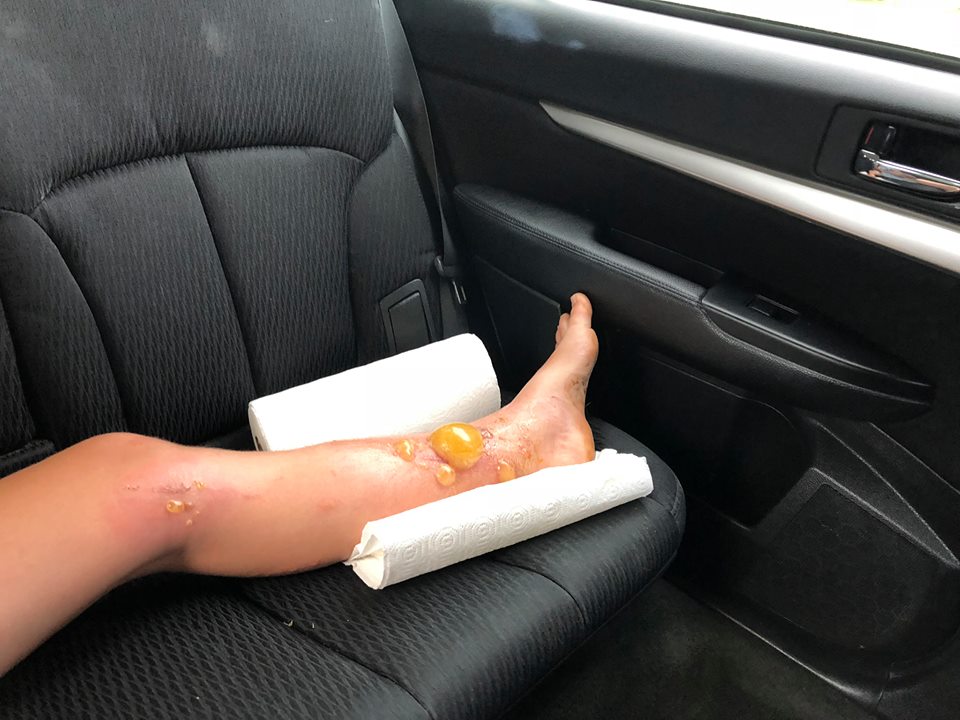This Woman Stumbled into a 'Hobo Parsnip' Plant. Days Later, Her Legs Were Severely Burned.

When Charlotte Murphy slid into some brush while walking along a road in Vermont, she stood back up, brushed herself off and continued on her way. But her stumble came back to haunt her days later, in the form of several excruciating second-degree burns.
Murphy, 21, had stumbled into a wild parsnip plant (Pastinaca sativa). The weed, also known as poison parsnip and hobo pasnip, is a wild version of the root vegetable that resembles a carrot. But while the cream-colored roots are edible, the plant's sap is treacherous. [Naughty by Nature: The Most Disgusting and Deadly Flowers]
Wild parsnip can grow to more than 60 inches (150 centimeters) tall and sprouts several small yellow flowers that grow in umbrella-shaped groups, each about 2 inches (5 cm) across, according to biologists at Pennsylania State University. Just like hogweed, another similar-looking weed that's found on the side of the road, wild parsnip sap contains furanocoumarins, which are compounds that cause severe burns.
"The sap is toxic and basically strips the body's ability to control the UV radiations from sunlight," Joellen Lampman, an educator with the New York State Integrated Pest Management program at Cornell University, previously told Live Science.

Murphy posted graphic photos of her burn blisters on Facebook, and wrote that she hopes "to create greater awareness for what wild parsnip is … and the terrible things the OIL from its stem, leaves, and blooms can to do the skin."Sunlight activates the compounds in the oil and leads to what is essentially an extreme sunburn, which can worsen with moisture and heat, according to the New York State Department of Environmental Conservation. That was key to producing Murphy's astonishing burns. After her stumble, Murphy spent several more hours in the hot sun, sweating.
Murphy eventually sought treatment at the University of Vermont's Trauma and Burn Center, and is expected to make a full recovery — though she may sustain permanent scarring, Fox News reported.
Original article on Live Science.
Sign up for the Live Science daily newsletter now
Get the world’s most fascinating discoveries delivered straight to your inbox.

Kimberly has a bachelor's degree in marine biology from Texas A&M University, a master's degree in biology from Southeastern Louisiana University and a graduate certificate in science communication from the University of California, Santa Cruz. She is a former reference editor for Live Science and Space.com. Her work has appeared in Inside Science, News from Science, the San Jose Mercury and others. Her favorite stories include those about animals and obscurities. A Texas native, Kim now lives in a California redwood forest.









